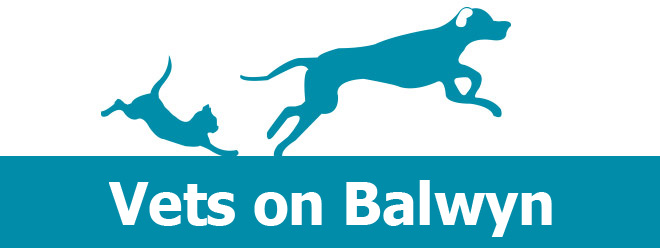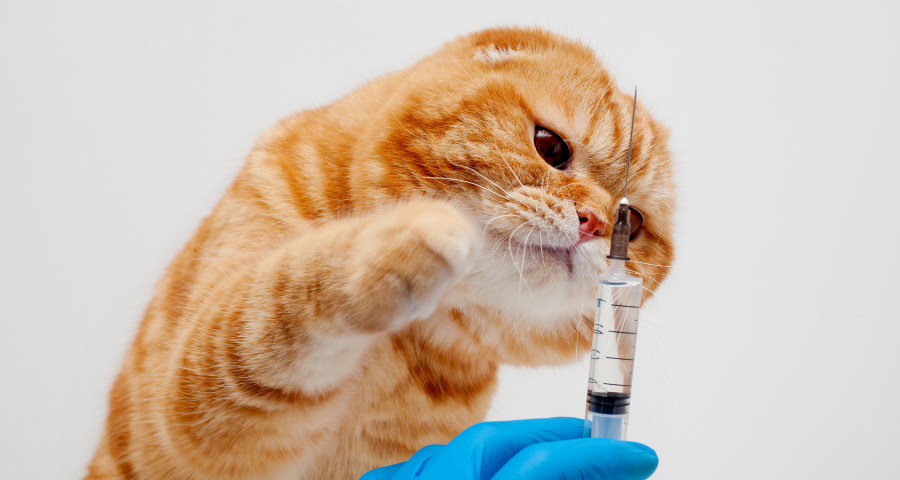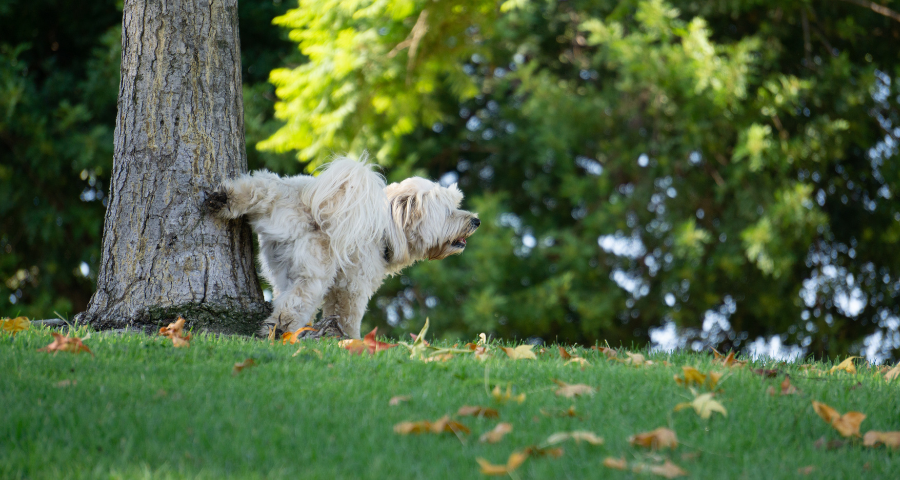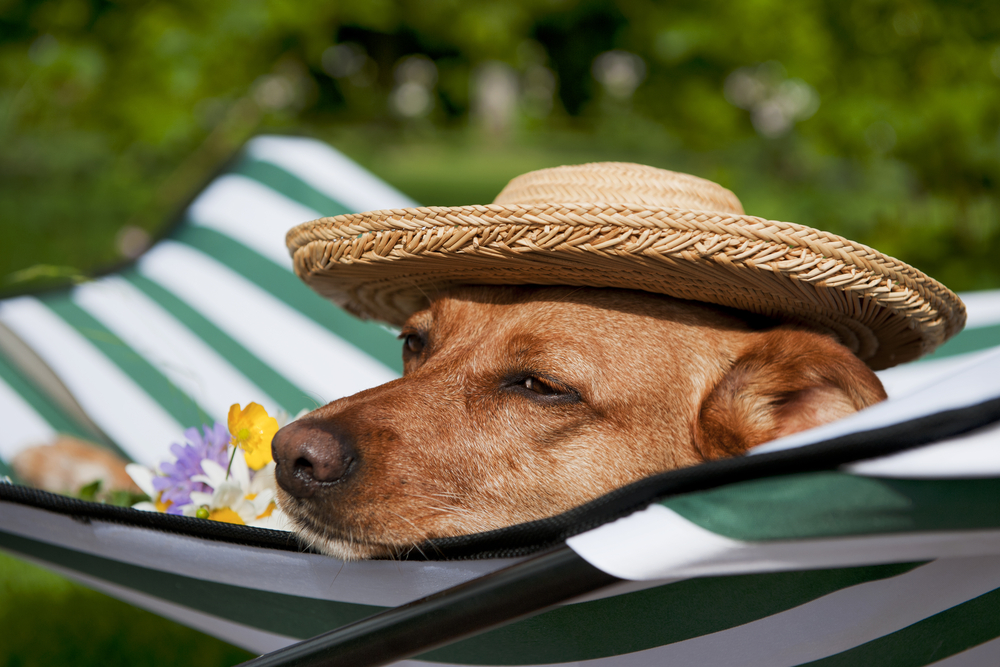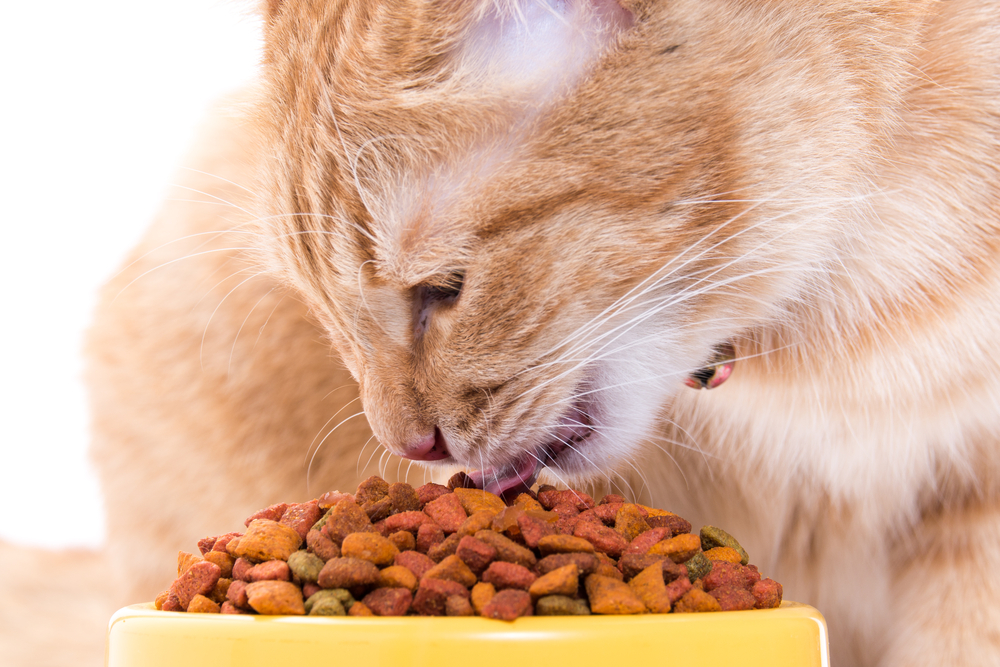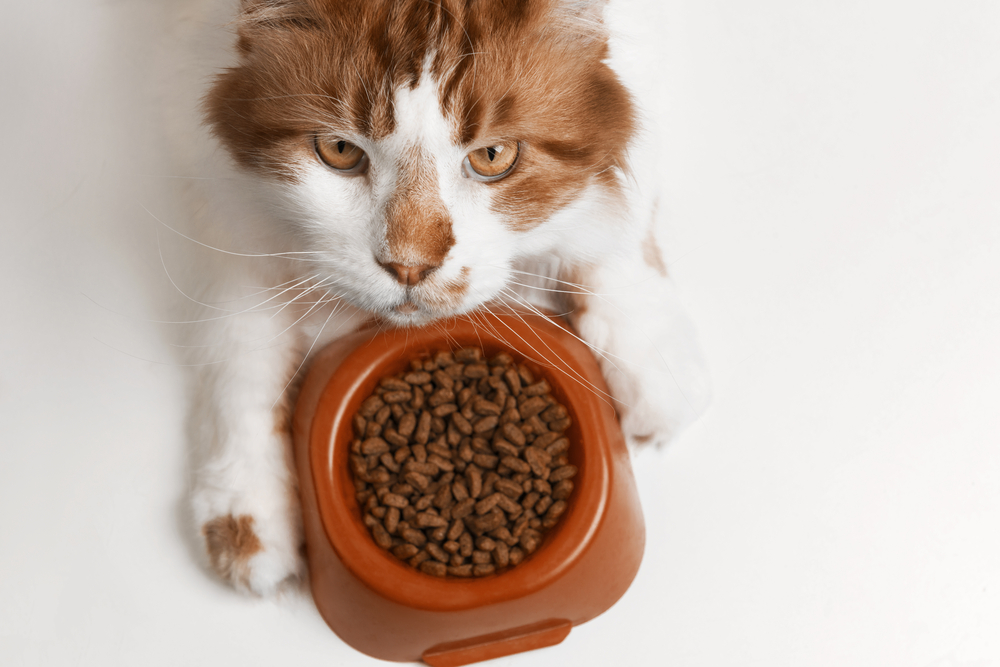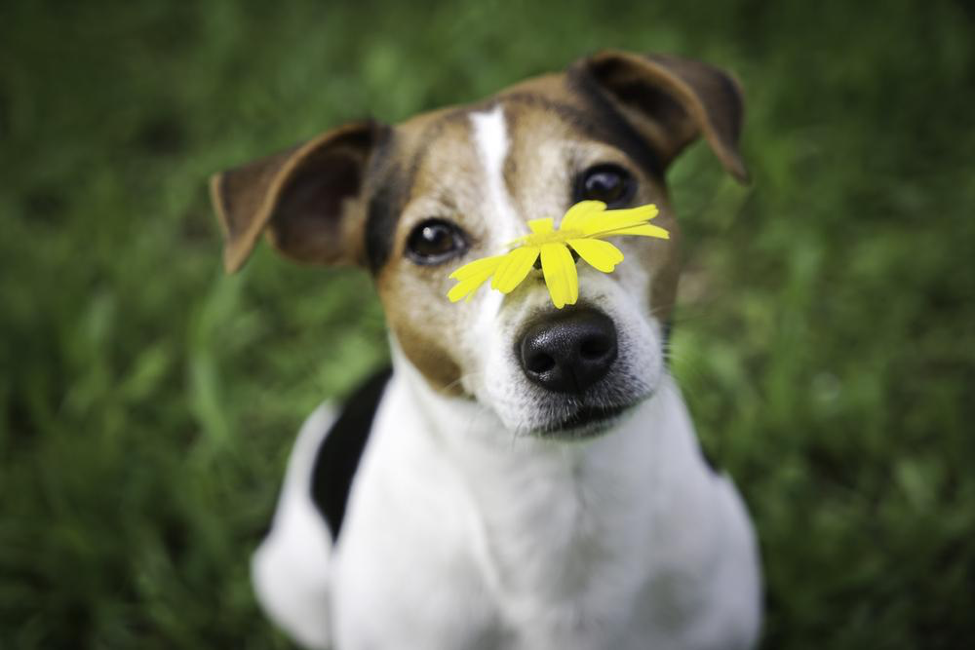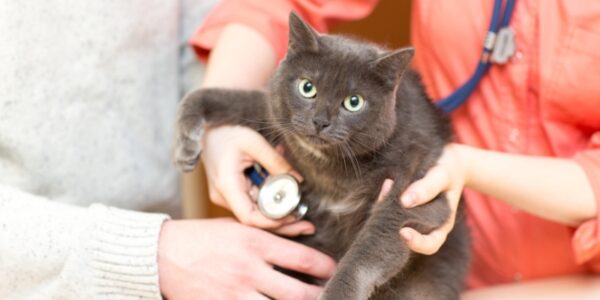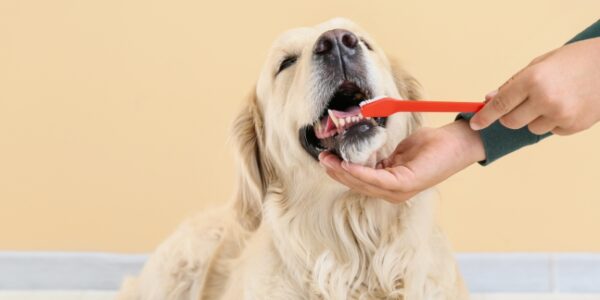With increasing day length and warmer weather, most of us, including our pets, will be enjoying more time spent outdoors. It’s always important to ensure your four-legged friend is up-to-date with routine disease...
Read More
Category: Health
-

-
 A urine test is a simple and effective method for us to check the health of your pet’s urinary system. A urine test provides a large amount of information on the health of your pet and can be helpful in identifyi...
A urine test is a simple and effective method for us to check the health of your pet’s urinary system. A urine test provides a large amount of information on the health of your pet and can be helpful in identifyi...
Read More -
 At some point in your pet's life, they will probably experience a gastrointestinal upset. Symptoms may include vomiting, diarrhoea and nausea. It can be distressing for you and your pet, and it's sometimes hard t...
At some point in your pet's life, they will probably experience a gastrointestinal upset. Symptoms may include vomiting, diarrhoea and nausea. It can be distressing for you and your pet, and it's sometimes hard t...
Read More -
 During summer, most of our pet patients visit our East Kew veterinary clinic because they have been overexposed to the harsh sun. In this blog, we are explaining the different health consequences that this exposu...
During summer, most of our pet patients visit our East Kew veterinary clinic because they have been overexposed to the harsh sun. In this blog, we are explaining the different health consequences that this exposu...
Read More -
 As a pet owner, it is imperative to know what kinds of foods are appropriate for your cat or dog. Whether you should feed your pet wet or dry food has been hotly debated among the pet community for quite some tim...
As a pet owner, it is imperative to know what kinds of foods are appropriate for your cat or dog. Whether you should feed your pet wet or dry food has been hotly debated among the pet community for quite some tim...
Read More -
 Cats spend approximately 40 per cent of their lives as seniors. It's therefore important that they eat the correct food to maintain optimal health. Senior cats have different nutritional requirements than their y...
Cats spend approximately 40 per cent of their lives as seniors. It's therefore important that they eat the correct food to maintain optimal health. Senior cats have different nutritional requirements than their y...
Read More -
 Spring is already upon us, and with so much pollen in the air many of us use of hay fever medication to keep allergies at bay. But what about your pets? For cats and dogs, it’s a little more complicated to minimi...
Spring is already upon us, and with so much pollen in the air many of us use of hay fever medication to keep allergies at bay. But what about your pets? For cats and dogs, it’s a little more complicated to minimi...
Read More -
 Along with all the benefits of living in the most liveable city in the world, not having to worry about the paralysis tick was an added bonus. Unfortunately, thanks to climate change, they have arrived on our...
Along with all the benefits of living in the most liveable city in the world, not having to worry about the paralysis tick was an added bonus. Unfortunately, thanks to climate change, they have arrived on our...
Read More
